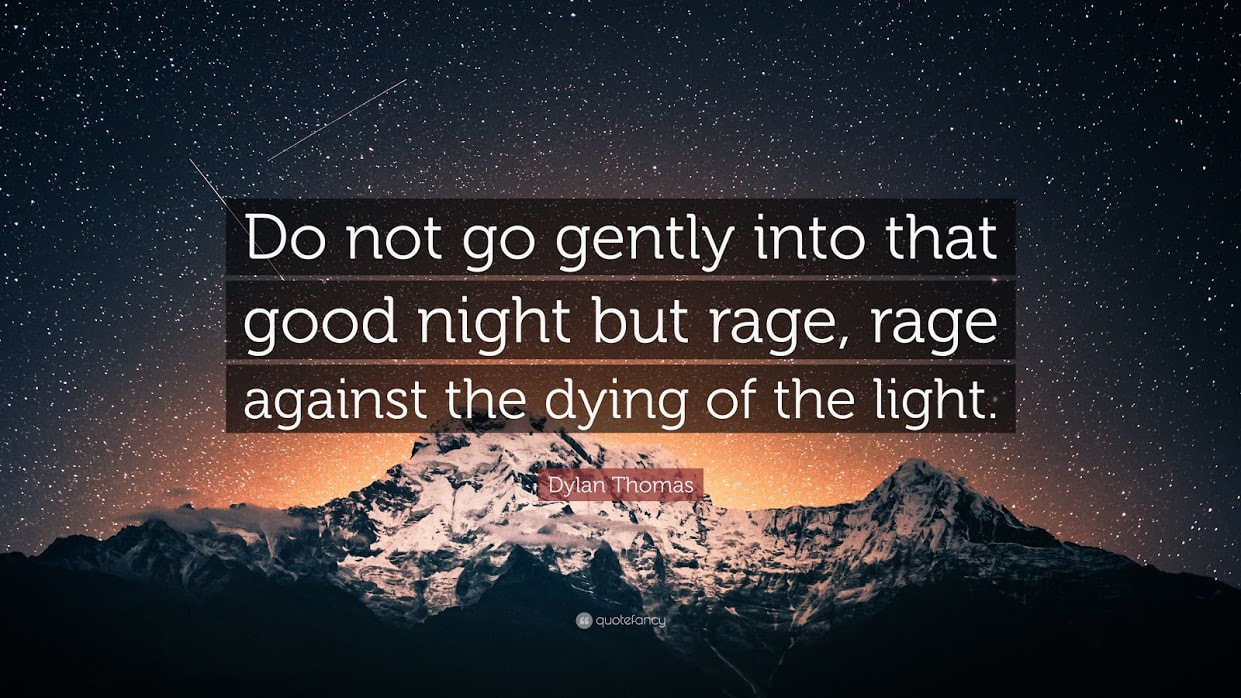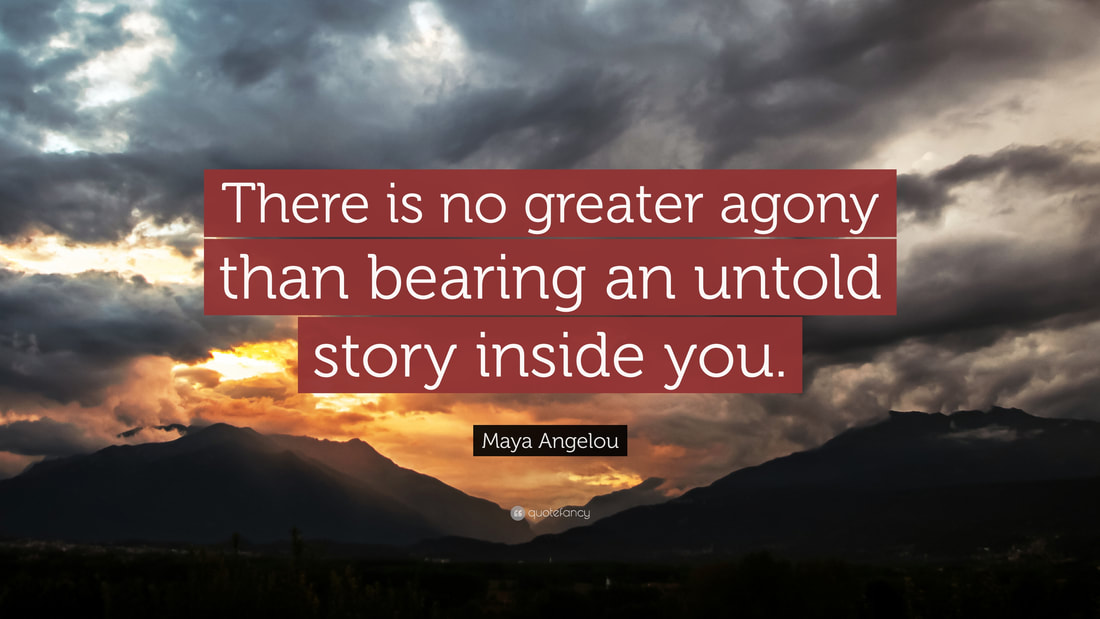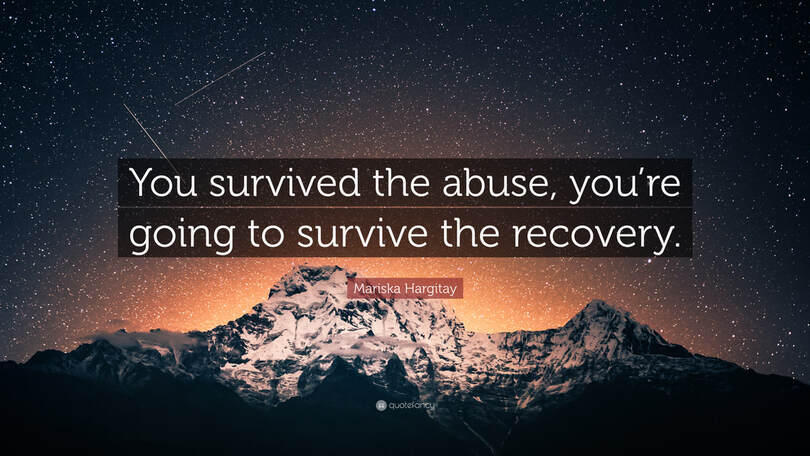"If you're a survivor, I just want to acknowledge that you are a pioneer, brave beyond words, and I would like to encourage you to recognize this and be extremely kind to yourself, because you are walking this path not just for you today, but for the future of humanity."
- Anneke Lucas
- Anneke Lucas
Licensed to practice in States of: California, Florida, Nevada, Oregon, and Utah
Trauma can take its toll; it can feel confusing, fragmented, or even unspeakable. If you have survived something that has caused you pain, you deserve to heal what has been trapped inside of you, without fear of judgment. This can be a supportive space for you to tell your story and release the burdens you’ve been carrying. It’s not about looking for “what’s wrong” with you; it’s about understanding what’s happened to you and taking your power back. It's never too late to shift from just surviving to thriving.
I offer confidential, HIPAA-compliant virtual therapy for anyone residing in California, Florida, Nevada, Oregon, and Utah. I am also able to occasionally provide in-home therapy to residents in Los Angeles County, depending on availability. Additionally, I am available to contract with non-profit organizations to provide therapy to survivors who experience dissociation, psychosis, and any of the below forms of trauma.
I offer confidential, HIPAA-compliant virtual therapy for anyone residing in California, Florida, Nevada, Oregon, and Utah. I am also able to occasionally provide in-home therapy to residents in Los Angeles County, depending on availability. Additionally, I am available to contract with non-profit organizations to provide therapy to survivors who experience dissociation, psychosis, and any of the below forms of trauma.
|
Specializations:
|
Additional Information:
|
MANIFESTATIONS OF COMPLEX TRAUMA
Everyone experiences trauma in their own way, and there is no "right" or "wrong" way to recover; everyone is unique. And it can be easy to get caught up in names (ex. PTSD vs. C-PTSD), but it's important to remember that we should not pathologize what most would agree is a normal response to overwhelming events. There are many misunderstandings of how trauma can manifest in people's lives, which can result in shaming, labeling, and misdiagnosing. In terms of disclosing and defining your traumatic experiences, no one has the right to tell you that your trauma is not real. You deserve to be believed and heard.
All of the effects or "marks" of trauma you notice in yourself hold wisdom to offer, in terms of understanding how you managed to stay alive and survive this whole time. The goal is to understand these manifestations and learn additional coping strategies that can help regulate your nervous system and soothe your mind enough that you no longer feel controlled by them.
All of the effects or "marks" of trauma you notice in yourself hold wisdom to offer, in terms of understanding how you managed to stay alive and survive this whole time. The goal is to understand these manifestations and learn additional coping strategies that can help regulate your nervous system and soothe your mind enough that you no longer feel controlled by them.
Examples
|
|
|
Structural Dissociation To learn more, click here
|
Extra-Sensory/Perceptual Experiences and Distressing Beliefs To learn more, click here
|
|
SEXUAL VIOLENCE There is a lot of stigma around talking about sex, let alone sexual violence, and no one knows this better than those who have experienced unwanted (or even confusing) sexual activity. The main concept to keep in mind is this: unwanted sexual activity is not sex; it is an abuse of power and control that is conducted through sexual means. This trauma is even more perpetuated by societal contributions, such as lack of education around consent, rape culture (including victim-blaming), sexualization of minors, objectification in media, and hurtful gender expectations. Anyone can be a victim of sexual trauma- those of all ages, gender identities, and sexual orientations. To read more about consent, click here; to read more about rape trauma syndrome, click here. |
Examples
|
|
CRIMINAL JUSTICE INVOLVEMENT Having a history of being in the criminal justice system is often the result of trauma or adversity, not to mention often a cause of additional pain. There are many experiences that tend to go unacknowledged as trauma, particularly if someone has also been involved in crime or any other behaviors prohibited by law. The thing is: there is a reason behind all behaviors, and there are many survivors who have coped with past traumas through a fight response and a means to feel in control. For instance, those who have been members of gangs or cartels often have complex childhood trauma histories, wherein joining up is usually a means of survival or escape. For some, involvement in organized crime may have been a way to survive a community fraught with violence and competition for basic needs. Part of this recovery process is then coping with actions that one may have carried out during this period of double-binds. Being locked up can also include literally being trapped in a cage, sensory deprivation, isolation, and/or forced alliances with high-risk groups in order to obtain protection. Anyone who has been incarcerated has also most likely been negatively impacted by the many gaps in care, including assault while in custody, lack of trauma-informed mental and medical health care, human rights violations, and lack of support upon release. To read more about trauma from gang membership, click here. To read more about post-incarceration syndrome, click here. To read more about the sexual abuse-to-prison pipeline click here; for the school-to-prison pipeline, click here. |
Examples
|
|
HOMELESSNESS Not only is living unhoused a form of trauma, but it also places individuals at higher risk of being assaulted, abused, exploited, and violated. Homelessness is a very misunderstood experience, one that tends to be charged with stigma and judgment from society. For many survivors, homelessness is a result of no-win situations, adversity, and additional traumas; some precursors include domestic violence, sexual abuse, child abuse, inflation of rent and lack of tenant protection, eviction, loss of job, hospitalization, lack of resources for acute mental health conditions, and many others. Survival tactics can also produce additional injuries and traumas, ranging from substance use (e.g. to stay awake, stay warm, distract from stress, keep flashbacks at bay), to sex work or survival sex (e.g. to buy food, afford medications, pay for a motel room to avoid being assaulted during the night). Additional adversities faced by survivors include poor shelter conditions, shelters that do not accept companion animals, not enough interm housing resources, lack of affordable housing, and lack of accessible case management services. |
Examples
|













